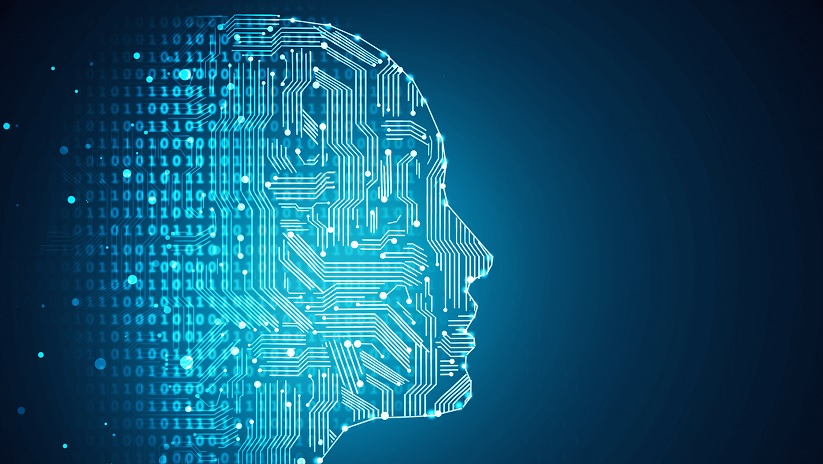Humans already understand the laws of physics. Now researchers at MIT have created a new AI model that demonstrates how the objects shall behave. This model would help build smarter AI and would help in understanding the infant’s mental understanding, action, etc. The model has named ADEPT.
MIT AI
This model sees an object and observes it. After observation, the model predicts how the object shall move depending upon the physics principle lying under it. In the tracking of objects, the model transmits a signal to each video frame, which relates to the “surprise” level. The more prominent sign represents a big surprise. Kevin A. says that when the children are three years of age, they have a perception that things don’t become invisible or they don’t teleport. We want to use this mental understanding into AI. Models can now differentiate between a reasonable scene and an unreasonable scene.

ADEPT consists of two modules, namely: inverse graphics and reverse engines.
Inverse graphics collect physical information like the shape and velocity of a real-world object. The inverse graphics module captures video frames as images (just the information which is relevant now obviously it won’t collect any information about color as a color has no relevance in the physical movement of an object). ADEPT requires an underlying geometry of the object to proceed. As young infants do not care much about the details like shape or color while making predictions, the same is the case with ADEPT. ADEPT requires some basic geometry. No matter what shape an object is. ADEPT creates an object’s basic geometry and proceeds further to make future predictions about its movement.
These physical object descriptions then sent to a physics engine. It is software used in film making. The physics engine software created by researchers for ADEPT will move the object ahead within time. It establishes a prediction or a group of forecasts to determine what will happen next to the purpose.
New AI Understand Laws Of Physics
The ADEPT model then focuses on the next frame. Once again, it collects the data about the object and compares it with its previous group of predictions. If the laws of physics obeyed, there wouldn’t be a big surprise. But if there’s a significant mismatch, there will be a spike in shock.
In psychology, researchers use a “violation of expectation” test. In this test, infants in the two videos. The first one showed a logically possible event, while the second one showed an incredible event. The second video was similar to the first one, but in the former one, the rule of physics somewhat violated. Researchers then collect data for how long the infants stare at the screen after an impossible event has occurred. The ideology behind it is, the longer an infant stares at the screen after an unlikely event has occurred, eager he is to find as to why such an event took place.
The researchers for the experiment appointed some adults to watch the videos. These videos were mainly of two types: physically possible and physically impossible. Researchers then noted down the surprise experienced by adults on a scale of 0-100. Later the same videos were shown to the model. MIT turned out that the model could distinguish more shocks than adults. There were cases where the model and the human beings confused to identify whether the event a surprise or not.
Now researchers tend to experiment about this on infants. For instance, they want to study how infants react to the growing world around them.